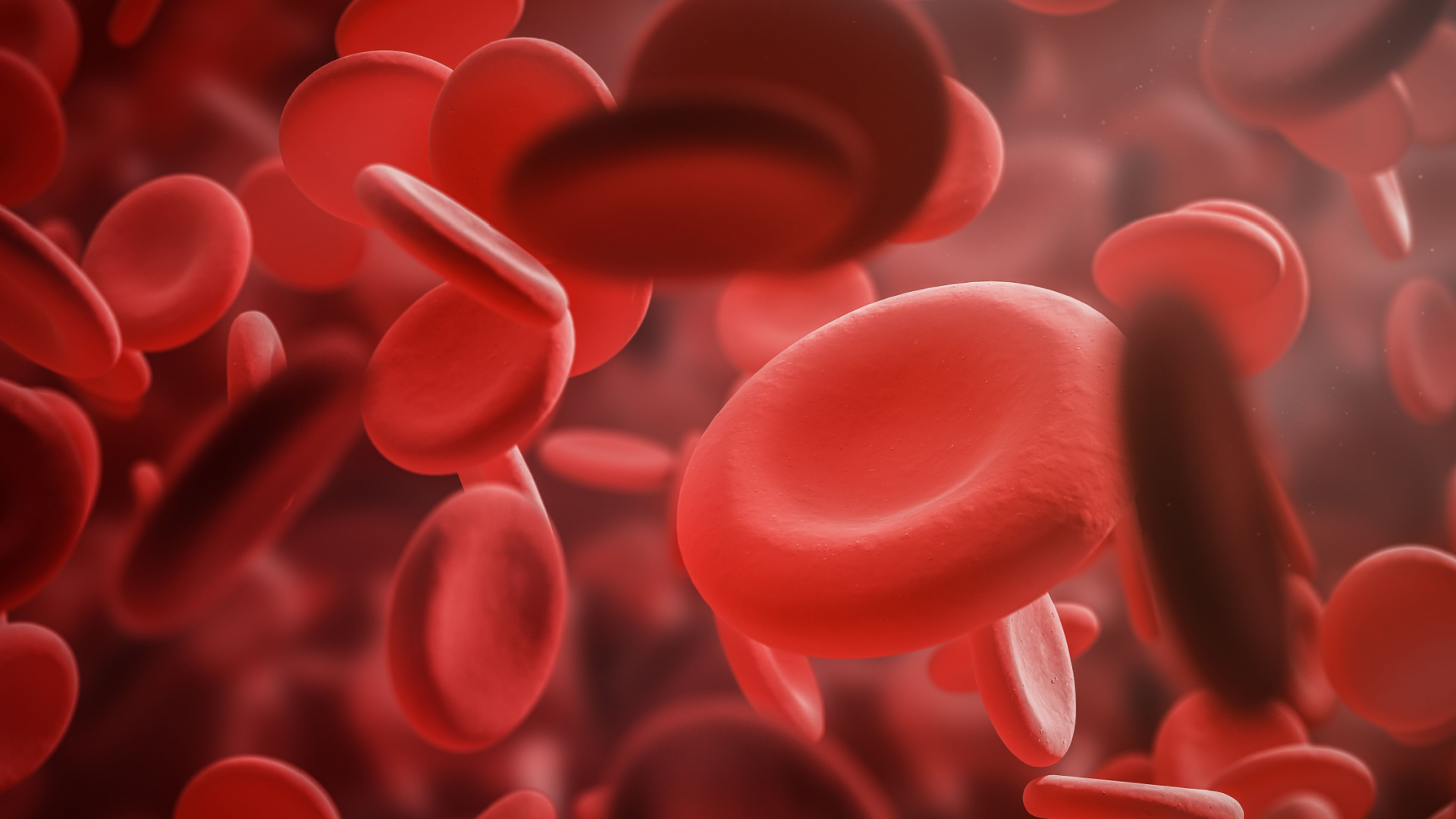
A phase II study has found a possible negative association between hemoglobin levels and certain von Willebrand factor (VWF) assays, which can help identify von Willebrand disease.
This retrospective review was performed across five medical centers to investigate the possible negative association between hemoglobin and VWF assays. Data were collected from 481 nonpregnant participants aged 0-21 who were assessed for underlying bleeding disorders from 2001 to 2022.
The bloodwork submitted for this study was checked for hemoglobin levels as well as VWF antigen assay (VWF:Ag) or the platelet binding activity assay ristocetin cofactor (VWF:RCo) or glycoprotein Ib binding (VWF:GpIbM).
Negative Hemoglobin Correlation May Identify von Willebrand Disease
In this study, a significant negative association was found between changes in hemoglobin levels and changes in VWF:Ag, VWF:Rco, and VWF:GpIbM binding. Taking into account the estrogen levels and ages of the patients, the study found that for every 1g/dl rise in hemoglobin, the model predicted a decrease of 5.3% in VWF:Ag, 5.6% in VWF:Rco, and 5.1% in VWF:GpIbM values, respectively. In the first round of blood tests, 119 participants out of 481 (24.7%) were diagnosed with von Willebrand disease. On the second draw, an additional 9.8% were diagnosed.
Some limitations in this study are found in the limit of what can be used to measure responses in the patients. For instance, markers of inflammation were not recorded in the study. This would have been useful in establishing a possible causal relationship.
The differences in the sampled demographic may also limit the study. When split into groups and analyzed individually, the results of the study show that while the same negative association exists in men, it is not as strong as the negative association found in women. Simoneau suggests in the article that this lower average may not have anything to do with a less significant association but could be related to the fact that only 107 of the 481 people participating in the study were males.
While the data do not prove causation, if the relationship were causal, it may be as a secondary reaction, according to Dr. Simoneau and colleagues.
“We hypothesize that it could be secondary to physiologic stress in the setting of anemia, or an alternate mechanism,” they wrote. “It is known that VWF initiates hemostasis under high-flow conditions.”
Related: Is Desmopressin Safe In Women with Inherited Bleeding Disorders During Pregnancy?
Reference
Simoneau J, Tay C, Wheeler A, et al. Association between hemoglobin values and VWF Assays: a multi-center investigation. Blood Advances. doi:10.1182/bloodadvances.2023011910






 © 2025 Mashup Media, LLC, a Formedics Property. All Rights Reserved.
© 2025 Mashup Media, LLC, a Formedics Property. All Rights Reserved.